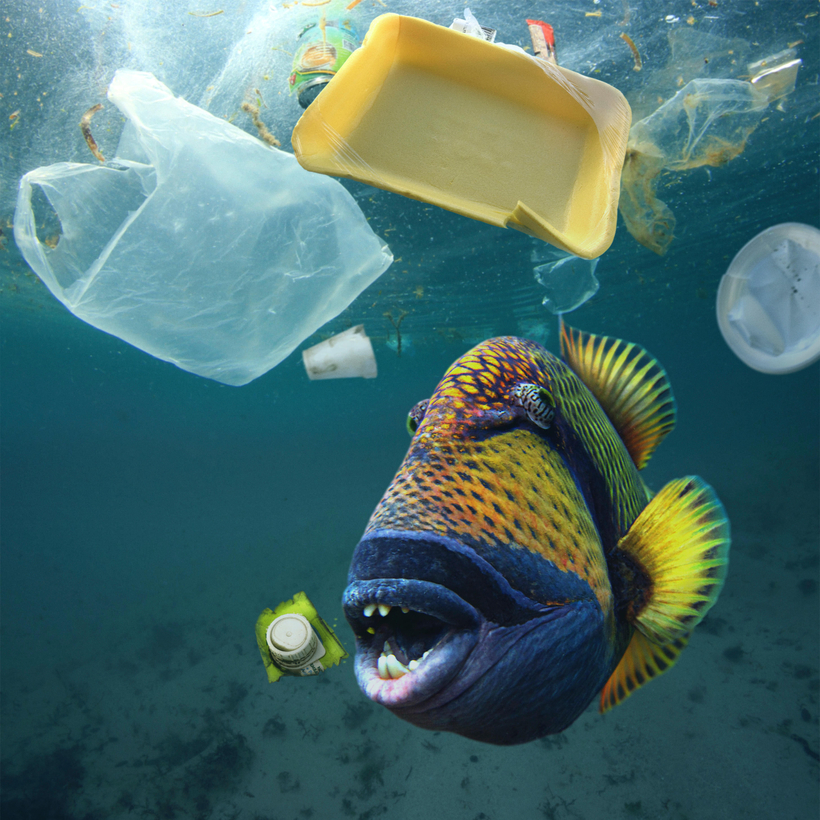Parts of the ocean have seven times more plastic particles than young fish, according to research.
A study on juvenile, or larval, fish has discovered that they are growing up surrounded by plastic and ingesting it. The affected fish, which scientists studied as they fed on the water’s surface, include a range of species from different ocean habitats.
The study, by the National Oceanic and Atmospheric Administration (NOAA) and an international team of scientists including from Bangor University, discovered that in some “surface slicks” there were seven times more plastic particles than there were larval fish.
Surface slicks are naturally occurring, ribbon-like, smooth water features at the ocean surface. It is thought that they are a popular location for baby fish because they attract build-ups of plankton, which is an important food source as the larval fish grow.
However, these slicks are also a place where floating ocean plastic aggregates, the researchers found.
Jonathan Whitney, a marine ecologist for the administration and co-lead of the study, said: “We were shocked to find that so many of our samples were dominated by plastics.”
Plastic densities in surface slicks off Hawaii were, on average, eight times higher than those recently found in the Great Pacific Garbage Patch, an area of debris in the northern Pacific Ocean.
After 100 net tows, they found that plastics particles were 126 times more concentrated in surface slicks than in surface water just a couple of hundred yards away. The majority of the plastics found in surface slicks were very small, less than 1mm. Larval fish prefer their prey this size. Dissecting hundreds of larval fish, the researchers found that many fish species ingested plastic.
“We found tiny plastic pieces in the stomachs of commercially targeted pelagic species, including swordfish and mahi-mahi, as well as in coral reef species like triggerfish,” Dr Whitney added. While the study only looked at one corner of the ocean, the researchers suspect their results may be globally relevant due to the ubiquity of plastic pollution.
“We believe our research and our findings are not just isolated but may be a window into other locations around the world,” said Jamison Gove, a research oceanographer at NOAA.

